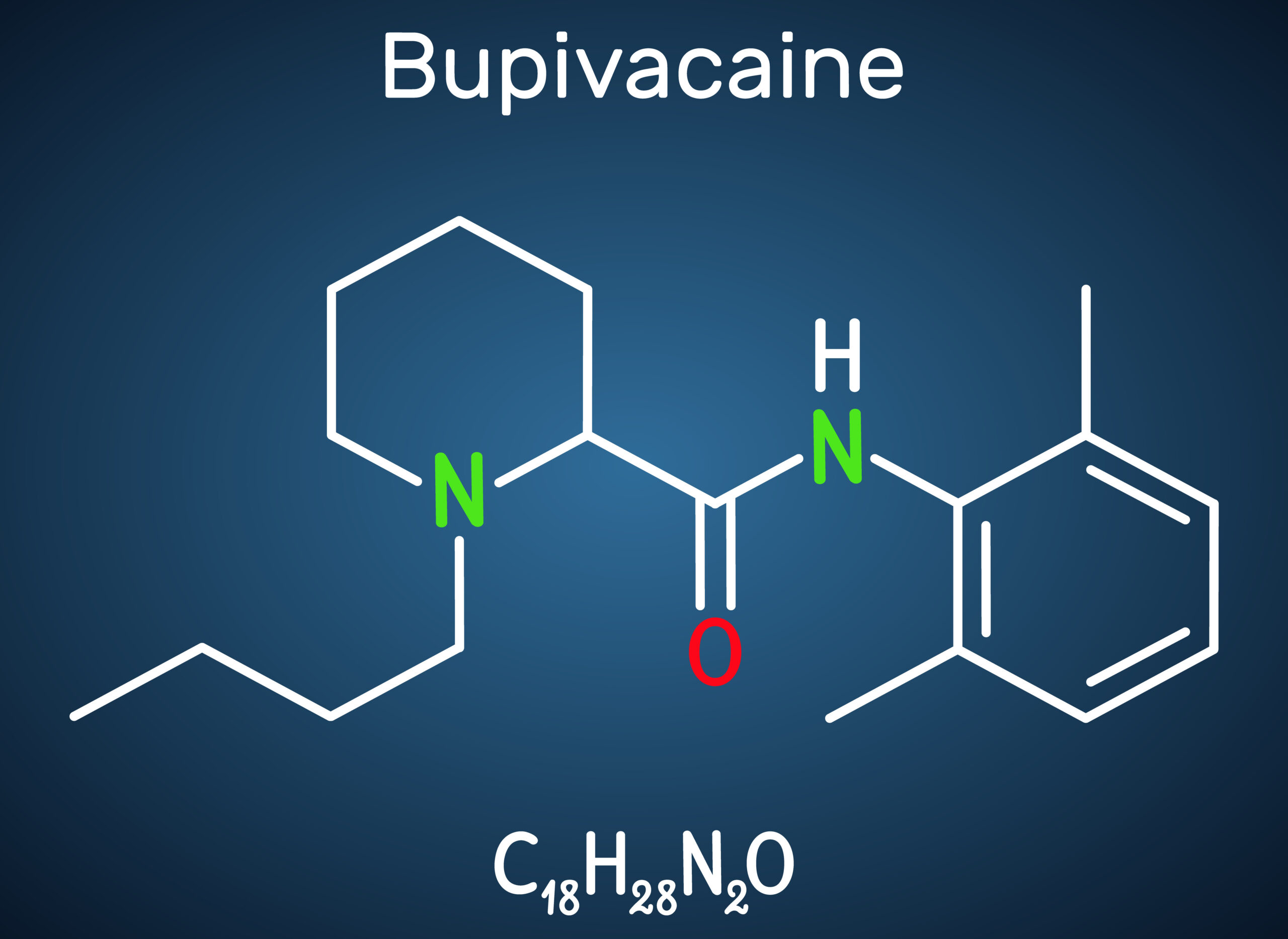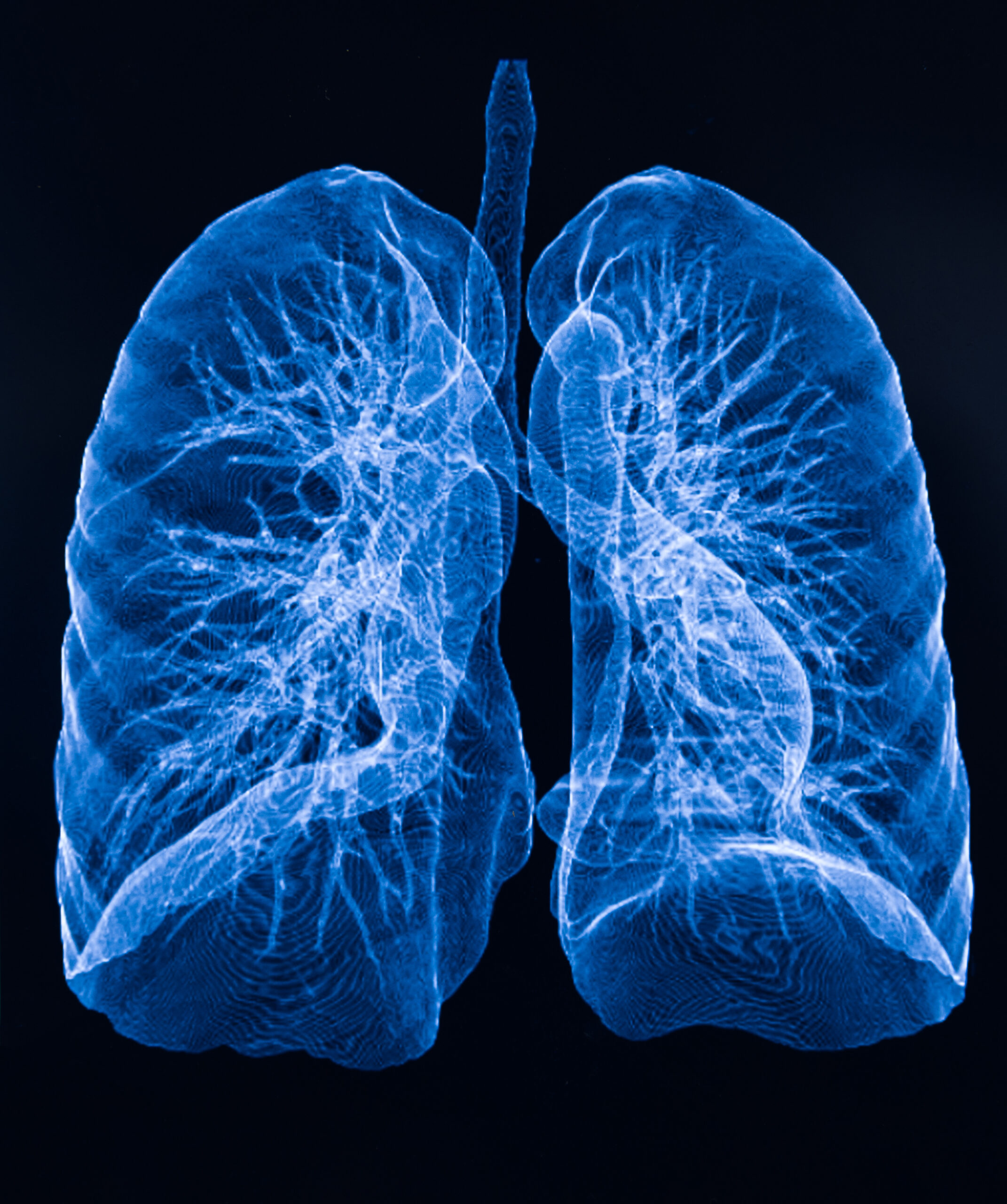Advanced cardiovascular life support (ACLS) training can be a critical addition to a physician’s clinical skillset and is commonly a requirement for specialties related to emergency and critical care. Indeed, ACLS training can be life-saving for patients given that nearly 383,000 out-of-hospital sudden cardiac arrests occur annually, even if many victims appear healthy and exhibit no known heart disease or other risk factors.
Physician ACLS training can be found from several different sources but must cover core information. As an example, the course provided by Attentive Safety highlights the importance of high-performance team dynamics and communication, and systems of care. It further emphasizes the recognition and intervention of cardiopulmonary arrest, immediate post-cardiac arrest, acute dysrhythmia, stroke, and acute coronary syndromes.
ACLS courses tend to use learning stations to practice essential skills in the context of simulated clinical scenarios that encourage active participation. Second, such courses tend to offer hands-on class format which reinforce participants’ skills proficiency. Finally, ACLS courses usually provide classroom-based work as well for participants who tend to thrive on group interaction and instructor feedback.
In terms of its format, the ACLS course is available in two different training methods, blended learning and classroom training 1. Skills are instructed in both large-group sessions and small-group learning, and testing stations with case-based scenarios are presented. Specifically, ACLS course agendas include instructional modules on the science of resuscitation, the steps behind a systematic approach to patient assessment, airway management (both basic and advanced airway management skills, including the use of waveform capnography), a review of current technology (including how to use monitor functions like defibrillation, synchronized cardioversion, and pacing), and an overview of team dynamics. Specific topics covered can include an overview of ACLS algorithms, ECG rhythms, acute coronary syndrome manifestations, acute stroke manifestations, and a number of targeted learning stations 2.
Recently, a research study sought to evaluate the impact of ACLS training on the professional career and work environment of physicians who had taken the course in a center certified by the American Heart Association (AHA). With regard to personal change, no changes were identified since taking the course. The only change observed in clinicians’ work environment was the purchase of an automated external defibrillator (AED) by those who had taken the course more than 5 years previously. Results from a targeted multivariable analysis, however, found that the implementation of an AED was linked to a lower probability of taking a new ACLS course. In the end, the researchers concluded that ACLS courses should emphasize how physicians can reinforce the survival chain—and patient survival rates—through environmental changes 3.
Whether through teaching or maintaining physician skills or through improving organizational readiness in case of emergencies, ACLS training can be extremely beneficial to both providers and clinics. Future published research remains to be carried out in order to better measure the value of physician ACLS training for different specialties and environmental contexts.
References
1. Advanced Cardiovascular Life Support (ACLS) Course Options | American Heart Association CPR & First Aid. Available at: https://cpr.heart.org/en/courses/advanced-cardiovascular-life-support-course-options. (Accessed: 31st August 2023)
2. ACLS Training for Physicians. Available at: https://www.attentivesafety.com/acls-training-for-physicians.html. (Accessed: 31st August 2023)
3. Azevedo, L. S. L., Ribeiro, L. G., Schmidt, A. & Pazin Filho, A. Impact of training in Advanced Cardiac Life Support (ACLS) in the professional career and work environment. Cien. Saude Colet. (2018). doi:10.1590/1413-81232018233.13762016

